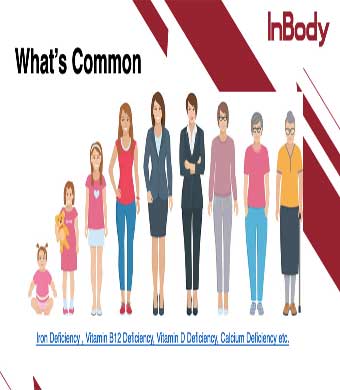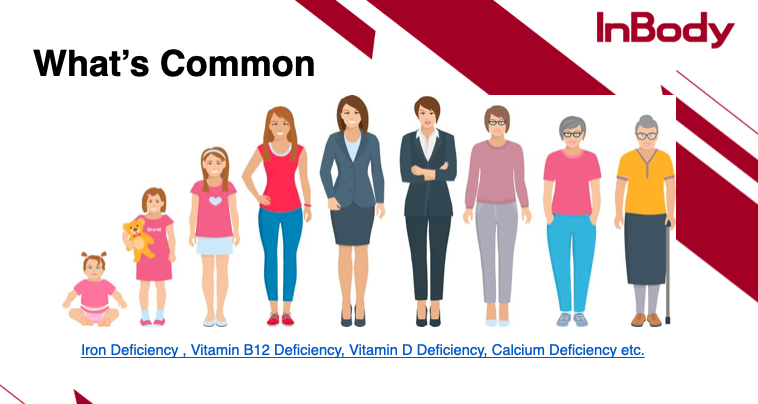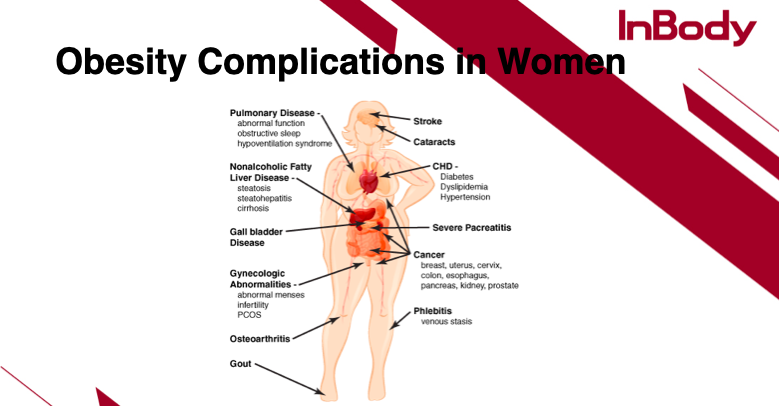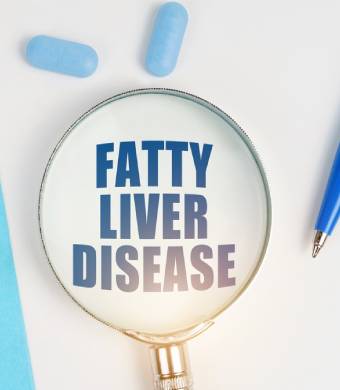
A Healthy outside starts from a healthy inside
Being healthy is about understanding and assessing your body and its changes; especially for women

Women’s lives and roles have changed over the decades. With the socio-economic changes around the world, there’s no one-size-fits-all definition for women’s health. There is a conspicuous change in women and they are increasingly expanding their involvement in diverse areas of the society. Women and men share many similar health problems, but due to the anatomic differences between them, women have their own health issues, which deserve special consideration; most of them are neglected many a times. Such is the complexity of the life of a simple woman in comparison to their other half.
There are various phases in women’s life from infancy, puberty, reproductive age, climacteric period, and elderly years, which are often marked by specific signs and symptoms, such as menstrual cramps, mood swings, hot flashes and weight gain. What’s common during these phases is Iron deficiency, B12 deficiency, Calcium deficiency etc. which leads to further complexities. It is important that every woman has access and understanding of the vast nature of women’s health issues, covering all aspects of her body.

Most of the health-related issues among them revolve around Percent BODY FAT, VISCERAL FAT, AND LESS AMOUNT OF SKELETAL MUSCLE MASS with the common symptoms like weakness, lack of energy, lack of strength; a possible sign of anemia or low skeletal muscle index. Initially, deficiency can be so mild that it goes unnoticed. But as the body becomes more deficient, they worsen, the signs and symptoms intensify. Some of the common ones are:
1. Anemia, which is followed by Less Muscle and more amount of fat. Hemoglobin levels are associated with muscle and fat mass changes and decreased muscular strength is in the presence of anemia too.

2. Obesity which is central to the metabolic syndrome and is strongly related to polycystic ovary syndrome (PCOS) in women. Obese women are particularly susceptible to diabetes, and diabetes, in turn, puts women at dramatically increased risk of cardiovascular disease (CVD). It can be assessed by visceral Fat and percent Body fat levels.


3. Osteoporosis; It affects mostly older women, but prevention starts when you are younger. No matter what the age, steps to build bone mass and prevent bone loss with assessing bone mineral content should be done.

4. Lifestyle disorders: Stress, lack of physical activity, sleep deprivation and unhealthy eating habits can lead to many disorders. Lifestyle management improves quality of life and keeping a track of body composition motivates for a better lifestyle.


Physical function is critical for mobility and quality of life. Understanding how healthy lifestyle choices to be made in respect to your body composition can help you feel your best at any stage and also assess & monitor for additional suggestions from the experts.


Leave a Reply